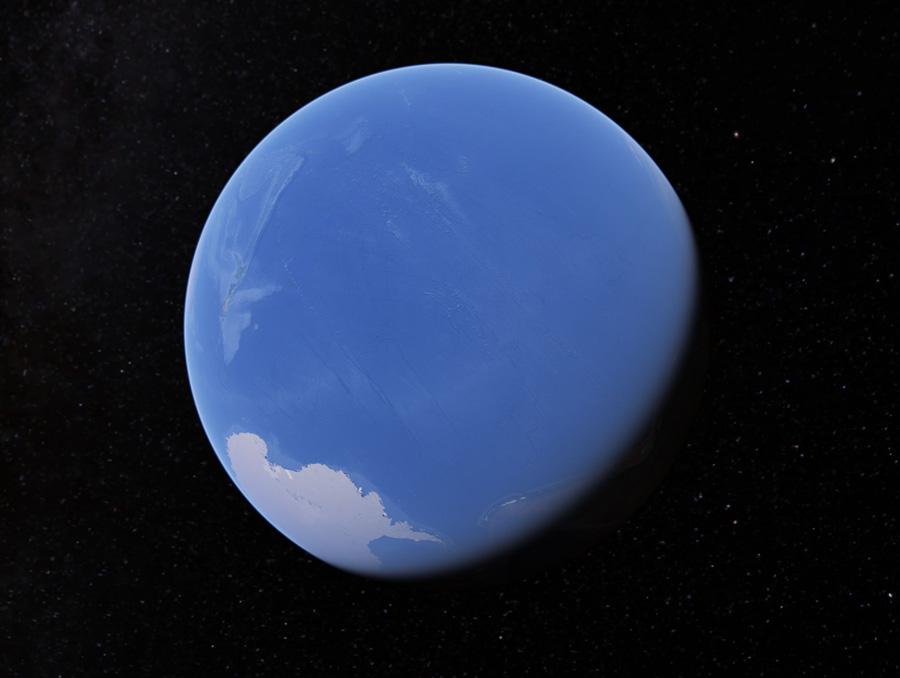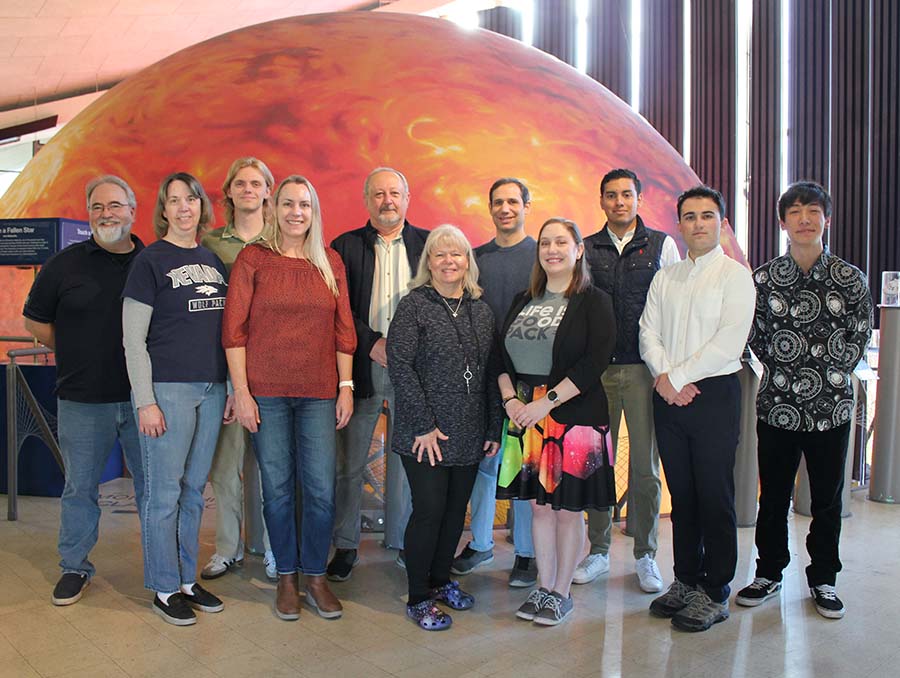Large climate models have been running since the 1980s, simulating our home planet’s temperature and weather systems. Science, being the iterative process that it inherently is, has improved upon the models over time.
“These models represent most of the physical processes in the atmosphere and the ocean, and nowadays some chemical processes and even biology as well,” Xiyue (Sally) Zhang, assistant professor of physics at the University of Nevada, Reno, said.
The climate models receive inputs, known as boundary conditions, that include solar radiation, carbon dioxide emissions, and others. Once those inputs are decided on, the model is run, offering predictions for the future climate. Observations are used to benchmark the models. The difference between observed and modeled climate is quantified as model bias.
Zhang has been working with climate models since she was an undergraduate student. Her work is focused on polar regions. Recently, Zhang and Clara Deser, a colleague at the National Center for Atmospheric Research (NCAR), published an article in the Nature Portfolio Journal Climate and Atmospheric Sciences about a way to quantify the effect of correcting model biases in the Southern Hemisphere.
The model that Zhang worked with is run out of NCAR and is known as the Community Earth System Model. The backbone of the model was developed by NCAR, but scientists are invited to contribute proposed changes to the model.
“It’s kind of an open-source way to do climate modeling,” Zhang said.
With the publication of their research article, “Tropical and Antarctic sea ice impacts of observed Southern Ocean warming and cooling trends since 1949,” Zhang and Deser were able to force the model to more accurately reflect the regional impacts of the cooling and warming trends observed in the Southern Ocean. From 1979 to 2013, the Southern Ocean experienced a period of cooling after nearly thirty years of warming. Since 2013, the ocean has continued to warm, but it’s too early for scientists to definitively say the warming is caused by human impacts, as the system experiences natural variability, and current warming lies within the boundaries of that variability.
The Southern Ocean’s temperatures are largely controlled by ocean convection, but convection in the region is very uncertain, and different climate models represent the convection differently.
“This is one of the reasons that we think the model is not able to capture the observed warming and cooling over the Southern Ocean in a lot of climate models,” Zhang said.
This region is particularly important to study because of the influence it has on other oceans.
“The unique part about the Southern Ocean in general is it's the only place on earth where there's no continent that divides it, so it can actually flow circumpolar, so it’s all connected,” Zhang said. “That is why that region is super important, because it basically connects all the other ocean basins.”
During the period of cooling seen in the Southern Ocean, the tropical eastern Pacific Ocean also cooled. That region, close to the equator, is a large area. Zhang and Deser hypothesized that the Southern Ocean contributed to both the warming and cooling in the tropical eastern Pacific. When they adjusted the climate model and ran the simulation to reflect the warming and cooling periods of the Southern Ocean, they were able to see the warming and cooling reflected in the tropical eastern Pacific, as well.
Despite the strong influence of the Southern Ocean on other oceans, it remains relatively understudied. Zhang says this is likely due to the difficulty in accessing observational data from the region. However, with modern technologies like autonomous vehicles and satellite observations, data collection is becoming easier.
“People realize how important that region is,” Zhang said, “and now there are many efforts put into targeting that region to better observe it.”
Zhang and Deser hope that their experiment with the NCAR model will motivate other scientists to force other models to recognize the variability of the Southern Ocean sea surface temperatures and quantify the regional impacts to compare against each climate model.
“Everybody wants their climate system of interest modeled more accurately, but if climate models are not yet capable of doing so, we can think of smarter ways to first quantify the impact of correcting model biases,” Zhang said.
Zhang and Deser are currently working on testing their hypothesis in other climate model simulations, in which the Antarctic meltwater was modeled. The fresh meltwater from Antarctic ice shelves tends to stay near the surface due to being lighter than saltwater, and that led to a similar outcome in Zhang and Deser model of lower sea surface temperatures.















